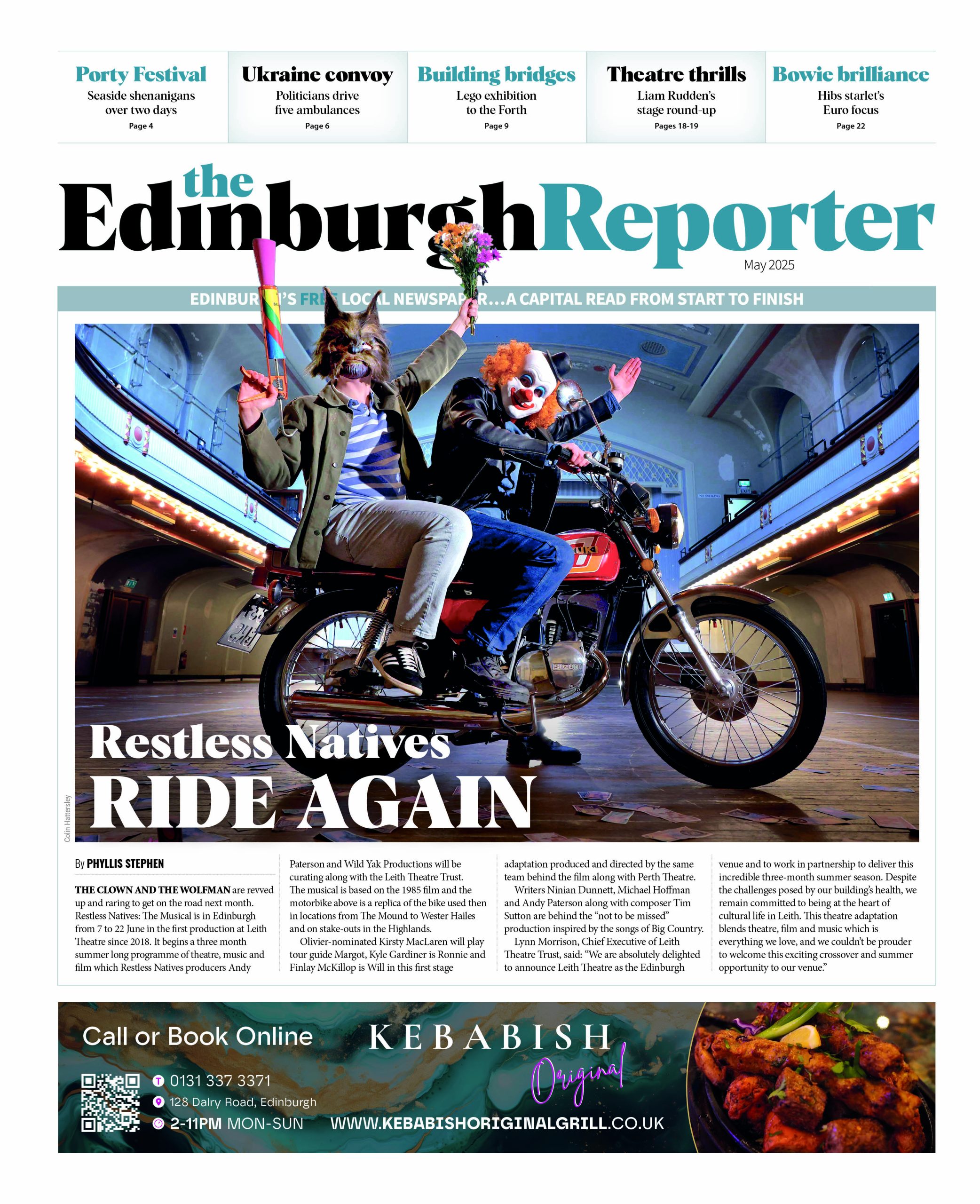Coffee drinking, as a mass participation activity, is relatively new in the UK. Costa may have started in 1971 but it was only after it was acquired by Whitbread in 1995 that it became the behemoth it is today. The arrival of ‘indy chain’ Blank Street coffee in Edinburgh is representative of coffee’s seemingly inexorable growth.
Growing costs
One thing that might put a break on this seemingly inexorable growth is cost. £3.64 is currently the average price for espresso-based drinks in the UK. In Edinburgh, the price of a flat white is creeping up to 4 quid. Part of this is due to the cost of raw materials. The price of beans is on the rise, with supply affected by many factors, including climate change. In Brazil, the world’s largest coffee producing nation, droughts have severely affected recent harvests. In Vietnam, typhoons and heat waves have resulted in diminished crops.

However, despite the average price of a cup of coffee rising, we are buying more of it! According to Allegra World Coffee Portal’s report, more than 6 billion pounds was spent in UK coffee shops in 2024. More than 500 coffee shops opened in the UK last year and it is predicted another 2000 will open by 2030! Clearly we are nowhere near ‘peak coffee’!
Social polarisation?
The arrival of new ‘posh’ coffee places doesn’t meet with universal approval. The differing responses are a microcosm of wider disputes about our changing city, feeding into a sense of social polarisation. When entering such coffee places, there’s little doubt that the customers represent a specific slice of Edinburgh. The customers are younger than average, often students and ‘knowledge workers’, able to take their slim laptops anywhere, as they work in a hybrid or remote fashion.
These tensions have been illustrated by the arrival of ‘indy chain’ Blank Street coffee in Edinburgh, at two locations – Victoria Street and Princes Street. Founded in 2020 in Brooklyn, Blank Street opened their first British store in the UK, in London, in 2022.

A mixed reaction
Some of the disquiet raised online connects to wider concerns about the changing character of the city.
Some of this feeds into wider debates about cultural change. The political scientists Pippa Norris and Ronald Inglehart have talked about the discombobulating character of rapid social and cultural change. This is, some people feel, uprooting things they value. As Norris put it, ‘many people felt that the things which they took for granted, the things which they regarded as important for themselves in their community and their country, those things were being lost.’ Some see the seemingly irreversible decline of our high streets and closure of much loved shops as evidence of a form of cultural erasure.
Further, the rise of ‘posh’ coffee places can be seen as an implicit critique of mass tastes. Their favourite places, whether chain or an old fashioned local cafe, seen as offering an inferior product. Their customers are, as Norris puts it, ‘sort of culturally dismissed’. That, in short, the quality of coffee you drink (and where you drink it) says something about you as a person.
Too many coffee places?
One consistent theme in the online reaction was the notion that Edinburgh surely already has enough cafes. ’Did we really need another overpriced coffee shop?’ As noted, there are far more than in the past, ranging from greasy spoons (a declining number), the ‘multi-unit operators’ (the chains), and independents . A new coffee force are ‘Indy chains’, such as 200 Degrees and Blank Street, which emulate aesthetic aspects of the specialty coffee scene, and its focus on quality. This is part of a ‘premiumisation’ of coffee, of treating it more like fine wine, not just as a fuel. But, too many?
In contrast to many other European nations, the UK remains well behind. Edinburgh has often been described as the ‘Athens of the North’, but the modern Greek capital has far more cafes (per head), especially in residential areas, where you will find many basic ‘kafenio’ serving the older generations.
The argument that we have too many cafes overlooks that the vast majority I visit or pass are busy. As an illustration, I passed Blank Street’s Victoria Street branch on five consecutive days. On each day, the place was packed, with substantial queues outside.
Purely a tourist city?

The counter would be to wonder who these people were; were they locals? Victoria Street is one of Edinburgh’s most ‘instagramable’ streets. It’s also close to the National Library-I suspect that a number of those filling Blank Street were tourists and students. This connects to the idea that the city is increasingly being run for the benefit of these groups, with Council Tax payers treated as second class citizens. As one person put it, ‘turning into purely a tourist city, which we could all see was happening’. Concerns about ‘yet more student housing’ ranks just below complaints about potholes among the recurrent themes in online ‘discourse’ about the city. The perception that there are far too many coffee shops is also regularly expressed.
One of those commenting on Blank Street’s arrival talked of the city centre increasingly dominated by ‘student accommodation, hotels, residential areas for rich people, and coffee Shops’. This feeds into the sense of the city changing its character, no longer focused on its long-term residents. Coffee is clearly fuelling much more than just our working days. This includes some of the debate about the future of the city.











